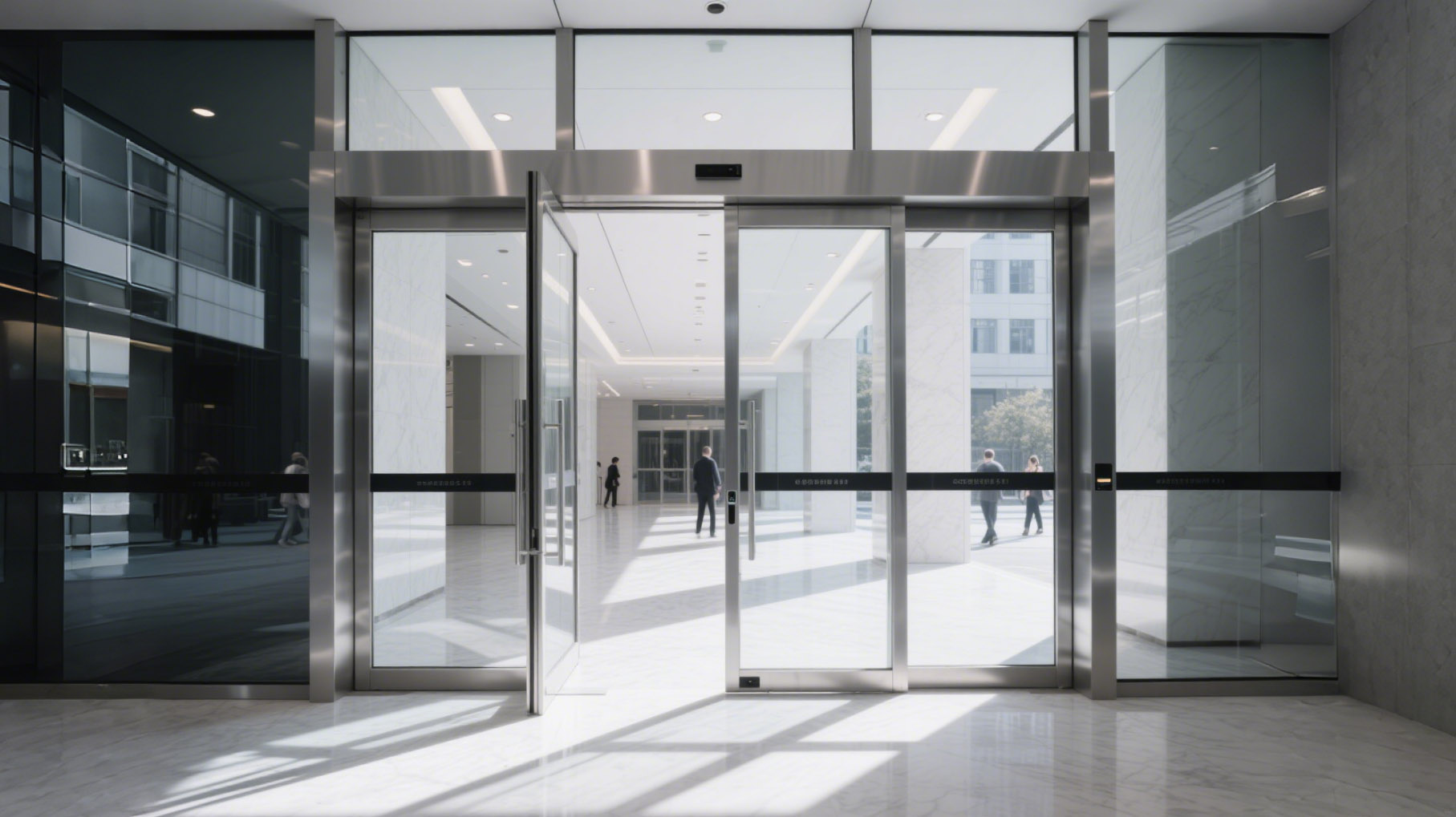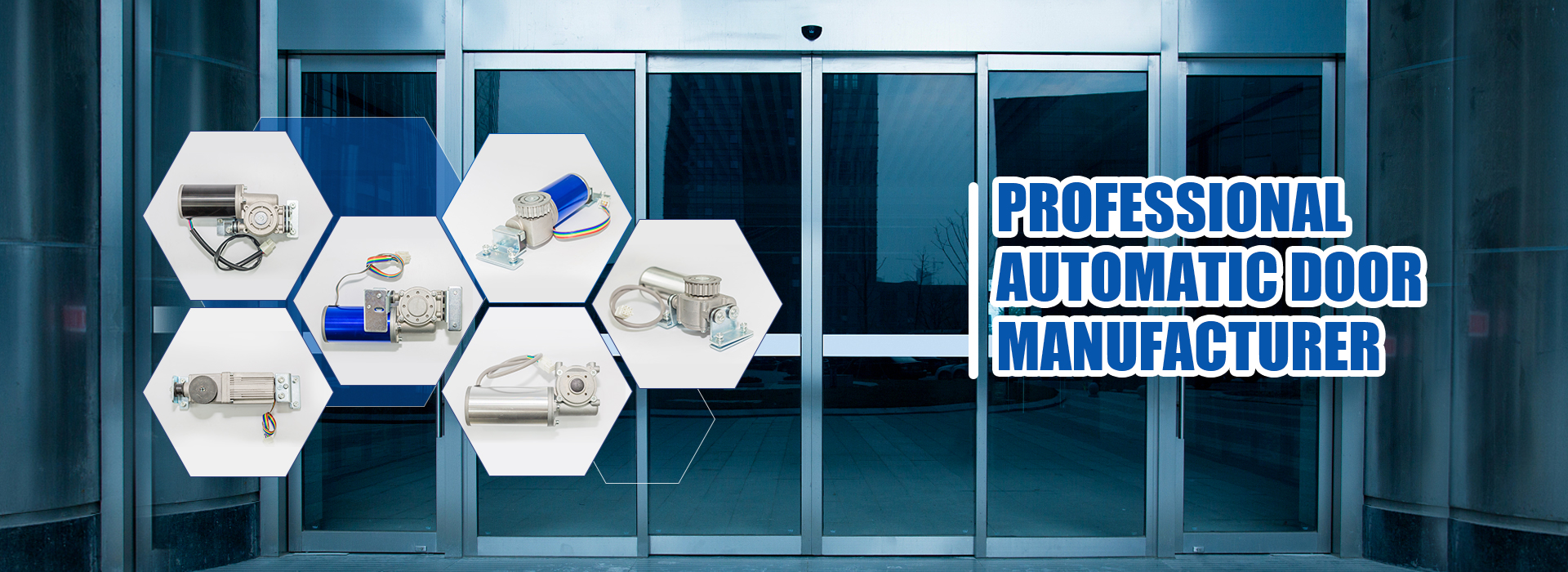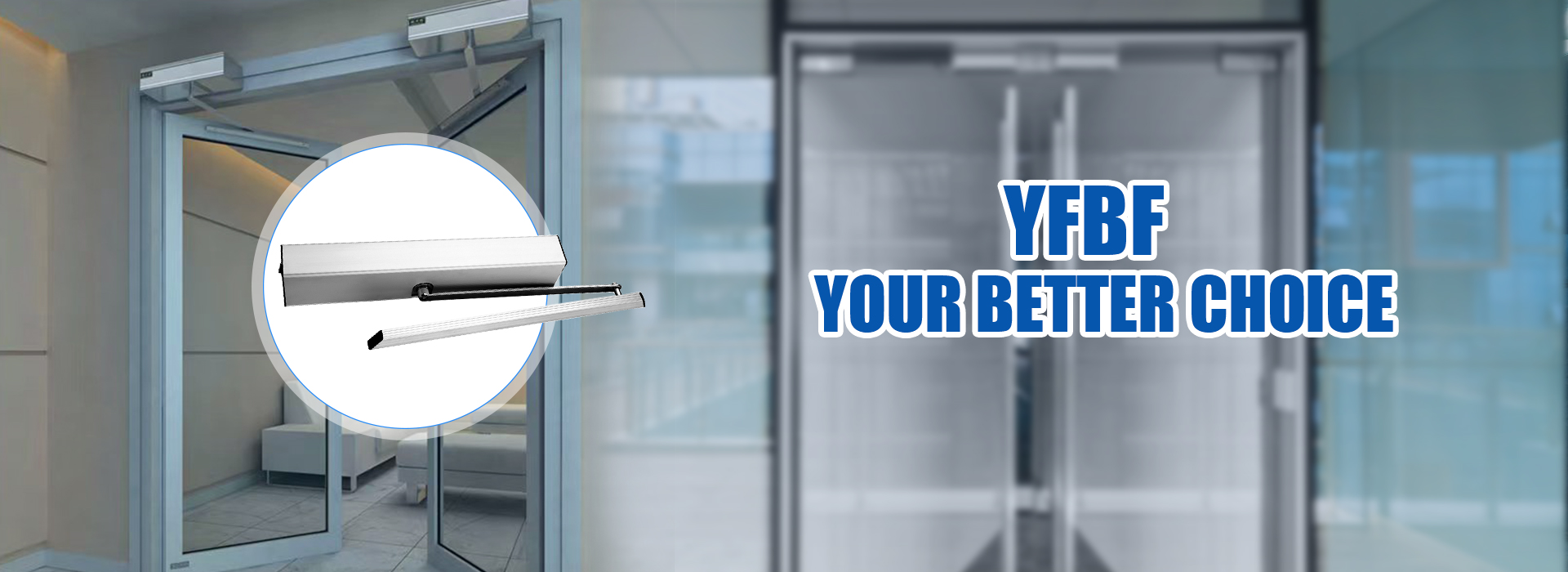
Infrared Motion Presence Safety helps automatic doors react quickly to people and objects. This technology stops doors from closing when someone stands nearby. Businesses and public spaces can lower the risk of injury or damage by choosing this safety feature. Upgrading brings confidence and better protection for everyone.
Key Takeaways
- Infrared Motion Presence Safety uses heat-detecting sensors to stop automatic doors from closing on people or objects, preventing injuries and damage.
- Proper installation and regular maintenance of sensors ensure reliable door operation and reduce false alarms caused by environmental factors.
- This technology improves safety, convenience, and accessibility in busy places like malls, hospitals, and factories by making doors respond quickly and safely.
Infrared Motion Presence Safety: How It Works
What Is Infrared Motion Presence Safety?
Infrared Motion Presence Safety uses advanced sensors to detect people and objects near automatic doors. These sensors work by picking up changes in infrared radiation, which is the heat energy that all objects give off if they are warmer than absolute zero. The technology relies on two main types of sensors:
- Active infrared sensors send out infrared light and look for reflections from nearby objects.
- Passive infrared sensors sense the natural heat given off by people and animals.
When someone moves into the sensor’s field, the sensor notices a change in the heat pattern. It then turns this change into an electrical signal. This signal tells the door to open, stay open, or stop closing. The system does not need to touch anything to work, so it keeps people safe without getting in their way.
Tip: Infrared Motion Presence Safety can spot even small changes in heat, making it very reliable for busy places like stores, hospitals, and offices.
How Detection Prevents Accidents
Infrared Motion Presence Safety helps prevent many common accidents with automatic doors. The sensors watch for movement and presence near the door. If someone stands in the way, the door will not close. If a person or object moves into the path while the door is closing, the sensor quickly sends a signal to stop or reverse the door.
- The system stops doors from closing on people, which can prevent injuries like falls or pinched fingers.
- It protects children and elderly people from getting trapped in revolving or sliding doors.
- In places like warehouses, it prevents doors from hitting equipment or forklifts.
- The sensors help avoid accidents during emergencies by making sure doors do not trap anyone inside.
Infrared sensors can tell the difference between people, animals, and objects by measuring the amount and pattern of heat. Humans give off more infrared energy than most objects. The sensors focus on changes in the heat pattern, so they can ignore small animals or things that do not move. Some systems use extra technology, like measuring distance, to make sure they only react to people.
Note: Proper placement of sensors is important. This helps avoid false alarms from things like heaters or large pets.
Integration with Automatic Door Systems
Infrared Motion Presence Safety fits easily into most automatic door systems. Many modern sensors, such as the M-254, combine both motion and presence detection in one device. These sensors use relay outputs to send signals to the door’s control system. The system can then open, close, or stop the door based on what the sensor detects.
| Feature | Description |
|---|---|
| Activation Technology | Sensors detect motion to open the door. |
| Safety Technology | Infrared presence sensors create a safety zone to prevent door closure. |
| Self-learning | Sensors adjust to changes in the environment automatically. |
| Installation | Sensors mount above the door and work with sliding, folding, or curved doors. |
| Response Time | Sensors react quickly, often in less than 100 milliseconds. |
| Compliance | Systems meet important safety standards for public spaces. |
Some sensors use both microwave radar and infrared curtains. The radar detects when someone approaches, and the infrared curtain makes sure no one is in the way before the door closes. Advanced sensors can learn from their surroundings and adjust to things like sunlight, vibrations, or changes in temperature. This keeps the system working well in many different places.
Tip: Many sensors, like the M-254, allow users to adjust the detection area. This helps match the sensor to the size of the door and the amount of foot traffic.
Maximizing Safety and Performance
Key Benefits for Accident Prevention
Infrared Motion Presence Safety offers several important benefits for accident prevention in automatic doors.
- The sensors detect human presence by sensing changes in infrared radiation from body heat.
- Automatic doors open only when a person is nearby, which creates a touchless and fast experience.
- Safety sensors also detect obstacles in the door’s path, stopping the door from closing on people or objects.
- These features help reduce the risk of accidents and injuries.
- Additional benefits include improved convenience, better accessibility, energy savings, and increased security.
Infrared sensors recognize temperature changes when a person passes through. This triggers the door to open automatically, which helps prevent accidents by making sure the door works only when someone is present.
Installation and Optimization Tips
Proper installation and regular maintenance keep sensors working well.
- Mount sensors at the recommended height, usually 6-8 feet, to maximize detection.
- Follow the manufacturer’s instructions for wiring and settings.
- Avoid placing sensors near heat sources or direct sunlight to reduce false triggers.
- Adjust sensitivity and detection range to match the door size and traffic.
- Clean the sensor surface with a soft cloth and check for dust or dirt in gaps.
- Inspect sensors monthly and check wires for secure connections.
- Use protective covers in dusty areas and update software if needed.
Tip: Professional maintenance services help keep large or busy door systems safe and reliable.
Overcoming Environmental and Calibration Challenges
Environmental factors can affect sensor accuracy. Sunlight, fog, and dust may cause false alarms or missed detections. Electrical devices and wireless signals can also interfere with sensor signals. Extreme temperatures may change how sensors respond, but well-designed sensors use weather-resistant materials to stay reliable.
Regular calibration and cleaning help sensors work better. Adjusting sensitivity and realigning sensors can fix most problems. Removing obstructions and checking power supply also improve performance. With proper care, sensors can last 5 to 10 years or more.
Infrared Motion Presence Safety helps prevent accidents and improves door reliability. Many places, such as malls, hospitals, and factories, use these sensors for safety and efficiency.
| Application Area | Description |
|---|---|
| High-Traffic Commercial | Automatic doors with infrared sensors in shopping malls and airports reduce wait times and manage high foot traffic efficiently. |
| Healthcare Facilities | Infrared motion presence sensors enable quick door response in hospitals and clinics, improving patient safety and accessibility. |
| Industrial Environments | Fast sensor response in industrial settings prevents accidents and supports safe workflow around heavy machinery. |
Future technology will use AI and smart sensors for even safer and smarter doors.
FAQ
How does the M-254 sensor handle changing light or temperature?
The M-254 sensor uses a self-learning function. It adapts to sunlight, lighting changes, and temperature shifts. This keeps detection accurate in many environments.
Tip: Regular cleaning helps maintain sensor performance.
Can the M-254 sensor work in cold or hot weather?
Yes. The M-254 sensor operates from -40°C to 60°C. It works well in both cold and hot climates.
What do the LED colors on the M-254 sensor mean?
- Green: Standby mode
- Yellow: Motion detected
- Red: Presence detected
These lights help users check the sensor’s status quickly.
Post time: Jul-15-2025



